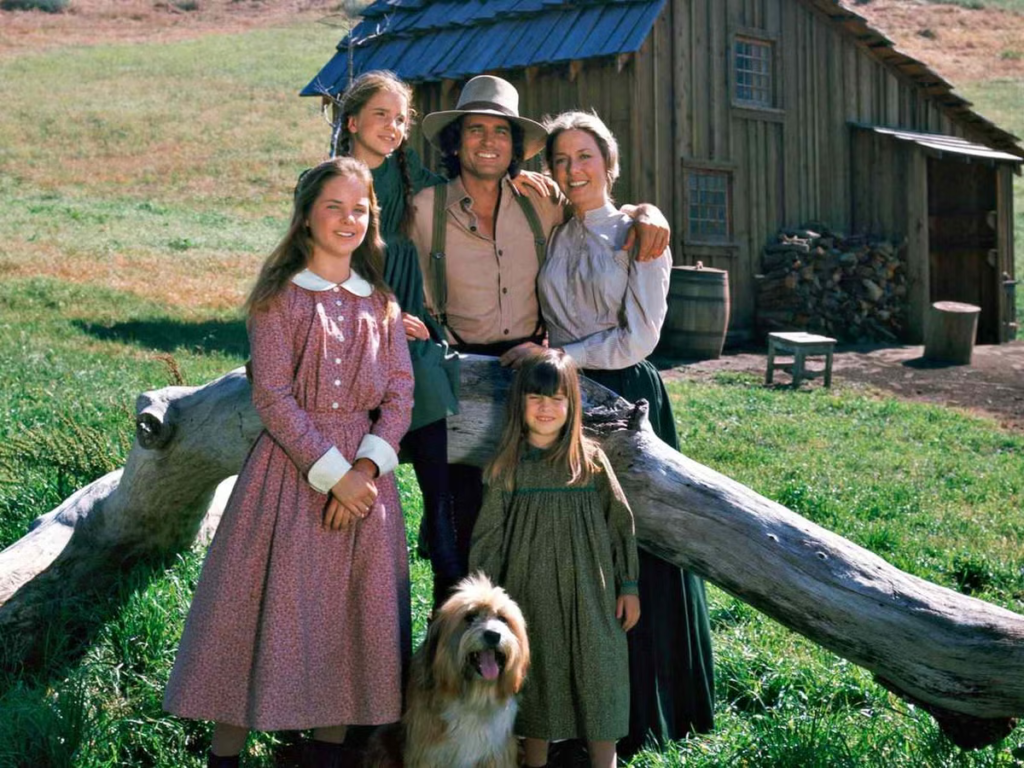Introduction
“Little House on the Prairie” is a beloved piece of American literature that has captured the hearts of readers for generations. Written by Laura Ingalls Wilder, the book was first published in 1935 and is the second in her famous Little House series. The story chronicles the life of the Ingalls family as they settle in the American frontier during the late 19th century, highlighting themes of family, perseverance, and pioneer life.
The Story and Setting
The novel is set in the 1870s, primarily in Kansas, where the Ingalls family moves to claim land and start a new life. Wilder’s storytelling vividly portrays the challenges and joys of frontier life. Readers experience the harsh realities of clearing land, building homes from scratch, and surviving the unpredictable prairie weather. Despite these hardships, the Ingalls family maintains strong bonds, emphasizing love, resilience, and community support as essential elements of pioneer survival.
Laura Ingalls Wilder: The Author
Laura Ingalls Wilder (1867–1957) drew heavily from her own childhood experiences when writing Little House on the Prairie. Her memoir-style approach combines historical accuracy with engaging storytelling, providing readers not only entertainment but also insight into 19th-century American life. Wilder’s work reflects the values and culture of the time, offering a snapshot of pioneer life that remains educational and inspiring to young readers today.
Themes and Lessons
The story explores several important themes. First, family unity is central, showing how love and support help overcome difficulties. Second, hard work and perseverance are highlighted as the Ingalls family faces natural disasters, illness, and economic struggles. Lastly, the series celebrates self-reliance and simplicity, encouraging readers to value determination and resourcefulness. These themes make the book both timeless and relevant for readers of all ages.
Adaptations and Popular Culture
Little House on the Prairie has not only succeeded as a novel but also inspired a hugely popular television series from 1974 to 1983. Starring Melissa Gilbert as Laura and Michael Landon as Charles Ingalls, the show brought the frontier experience to life for millions of viewers. Over time, the series has become an iconic part of American pop culture, maintaining its appeal through reruns, DVD collections, and streaming platforms.
Historical Significance
Beyond its entertainment value, Little House on the Prairie is historically significant. The book offers insight into the daily lives of pioneers, including their struggles with settlement, relations with Native Americans, and the societal norms of the time. Historians and educators often use Wilder’s books to teach students about American history, frontier life, and the development of rural communities in the Midwest.
Enduring Legacy
The enduring popularity of Little House on the Prairie lies in its universal themes and heartwarming storytelling. The series has inspired new generations to appreciate history, family, and resilience. Today, museums, heritage sites, and fan clubs celebrate Wilder’s work, keeping the story alive and ensuring that the lessons of the frontier continue to resonate with readers worldwide.
